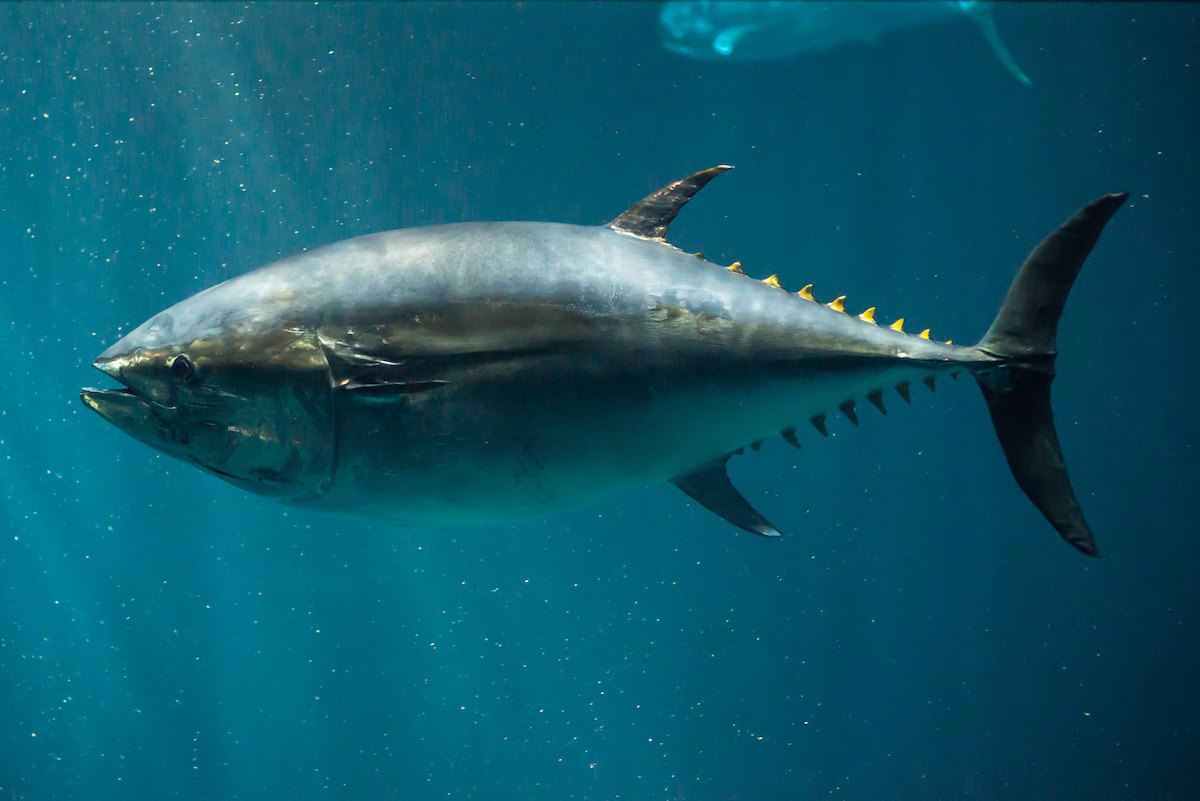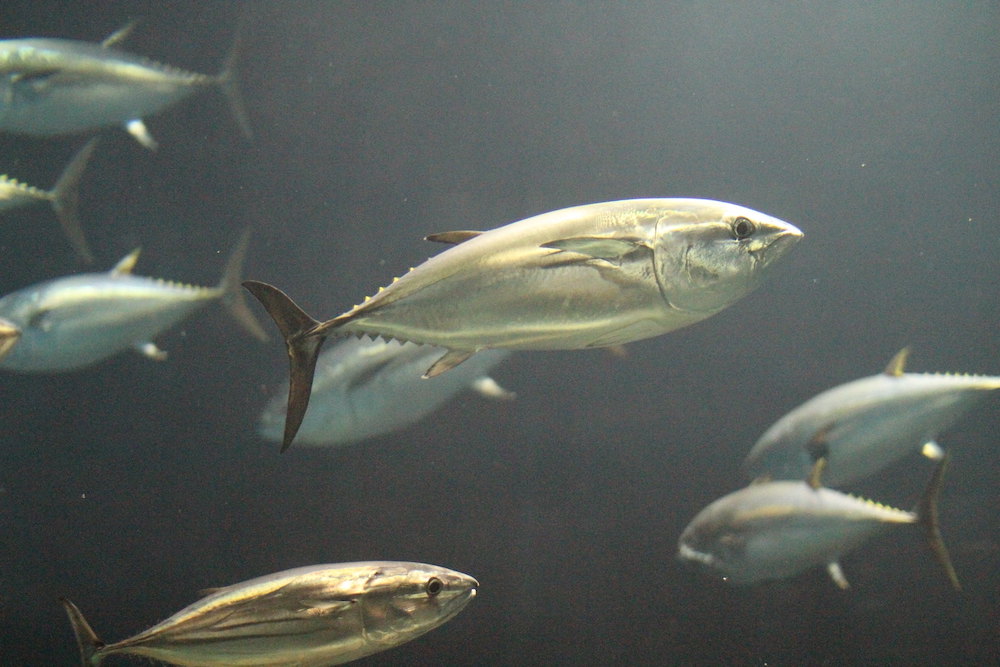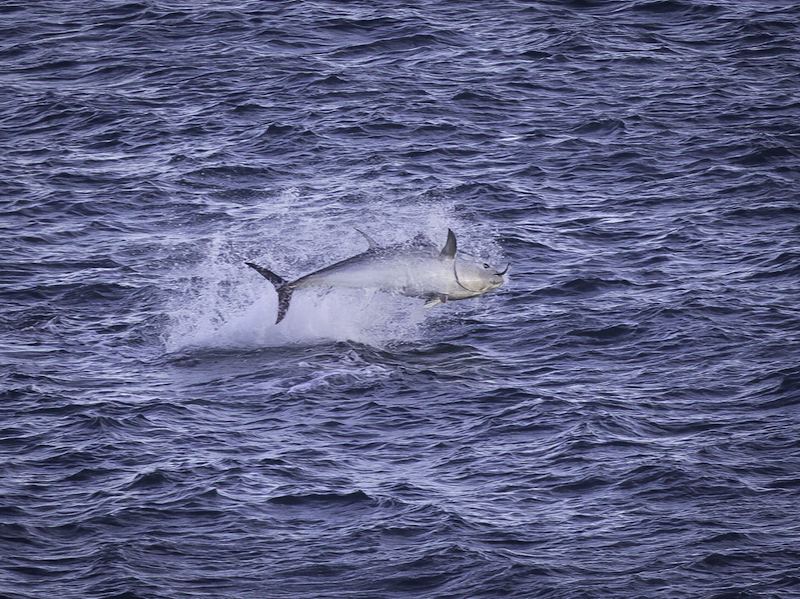True or False: Tuna Edition
Tune up your tuna facts with trivia

Tuna are well-known and well-liked fish, but how much do you really know about them? Here are four true or false questions to test your tuna trivia knowledge.
True or False: There are five known species of tuna

FALSE. Take that number and triple it: there are 15 members of the tribe Thunnini. (For you taxonomy buffs, a “tribe” is a group that’s larger than a genus, and smaller than a family.) Thunnini are considered “true” tunas, and the group is comprised of well-known species like albacore, bigeye, skipjack and bluefin tunas. The 15 species are split into five different genera, with captivating descriptors like the “little tunas” (genus Euthynnus)and the “slender tunas” (genus Allothunnus).
True or False: Tuna are partially warm-blooded

TRUE. Although almost all fish are cold-blooded, meaning their body temperature is dependent on the environment around them, tuna have special tricks up their fins. Tuna can keep some parts of their bodies warmer than surrounding temperatures by using something called countercurrent exchange. They have a dense, intertwined system of blood vessels (also known as a “rete mirabile” or “wonderful net”) that can reclaim heat. This allows some species to live in colder areas and maintain their fast reflexes that help them be top predators.
True or False: Atlantic bluefin tuna weigh an average of 250 pounds

FALSE. 250 pounds is one big fish, but Atlantic bluefin tuna grow even larger! On average, Atlantic bluefin weigh about 550 pounds and grow to more than 6.5 feet. The largest Atlantic bluefin ever recorded was caught off of Nova Scotia in 1979 and weighed 1,496 pounds—that’s heavier than a grizzly bear! No surprise that the Atlantic bluefin tuna is the largest of all tuna species.
True or False: Tuna are among the fastest fish in the ocean

TRUE. Tuna have sleek, streamlined bodies that allow them to power through the ocean. The Atlantic bluefin tuna can swim more than 40 miles per hour. (Although that is very fast for a fish, the speed doesn’t come close to that of a sailfish, which can sprint up to 68 miles per hour.) Tuna, like many fish, have sets of fins that act like rudders on a ship and keep them stabilized in the water. However, when tuna hit top speeds, the fins snap back into grooves on their bodies to reduce drag.
Can’t get enough fish trivia? Check out more about swordfish, sailfish and icefish; then learn about Ocean Conservancy’s work for sustainable fisheries.